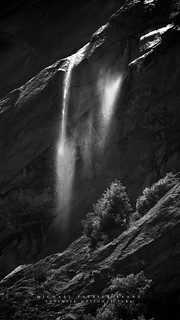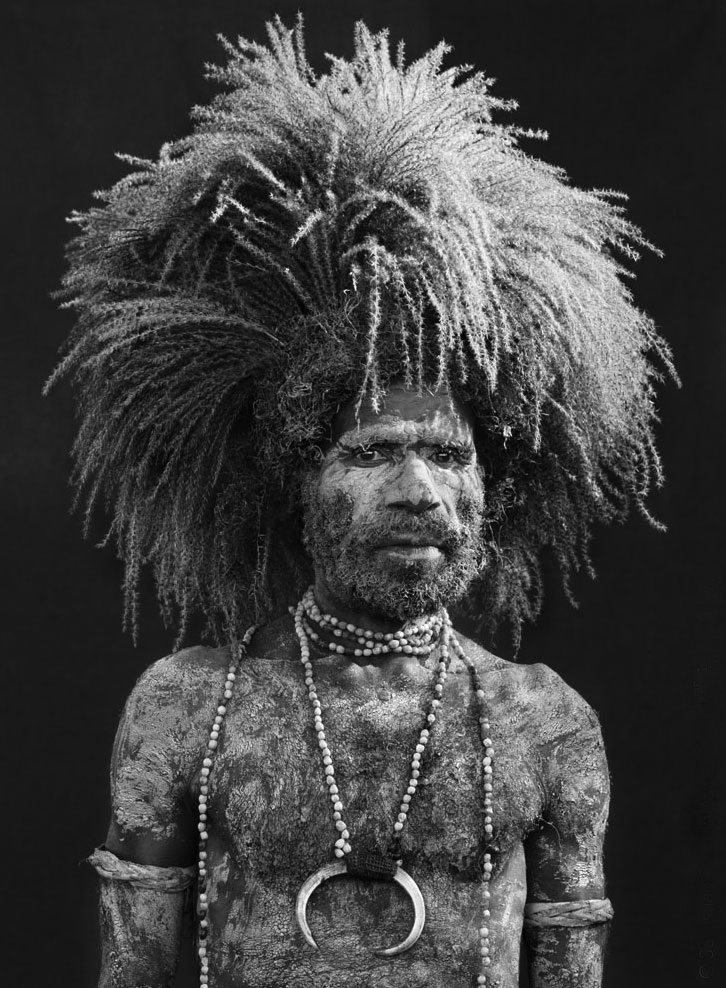 |
| The Old Temple of Lore - Tray Ratcliff (flickr) |
Angkor Wat in Cambodia is probably one of the most scenic historical places around the world.
This is a first post in a series entitled "Scenic Places in Black and White".
Photographing scenic places around the world is one of the most rewarding disciplines in photography. Capturing them in black and white is something special.
Black and white photography gives a whole new view on details, on contrast, on light, and on scenery.
 |
| Meditation - Tray Ratcliff (flickr) |
A place like Angkor Wat - I never visited so far by myself - is not only a magical place by itself but offers plenty of details which come out especially when taken in black and white.
Here as a reference two images by famous travel photographer Tray Ratcliff. Both images have been taken using a digital SLR camera and have been converted to black and white in post processing.
Both images show the spiritual and timeless atmosphere of this place. The monochromatic color profile results in a characteristics of the photograph which cancels the dimension of time. It could have been taken ages ago or just right in this moment.
The temples of Angkor are historical landmarks witnessing a culture from another time. The black and white photography very well captures this aspect by only offering one dimension in color space which is showing all in shades of grey.
 |
| Cambodge - Angkor - Stephan Birlouez (flickr) |
It is not only the architecture, the contemporary witness of previous handcraft, but also nature, the whole vegetation that visualises or plasticises the timely dimension in these images.
As an example the image taken by Stephan Birlouez which shows roots of trees taking control over the man made walls and stones.
What is interesting is the fact, that even in today's digital world on image sharing platforms in the internet such as flickr there is a large series of images from this scenic place taken (or presented) in black and white. This clearly shows the value of monochromic imaging for these kind of subjects.
 While in earlier times Gursky was creating his impressive large scale photomontaged prints manually, his later work was created using digital post processing and manipulation techniques.
While in earlier times Gursky was creating his impressive large scale photomontaged prints manually, his later work was created using digital post processing and manipulation techniques.








































